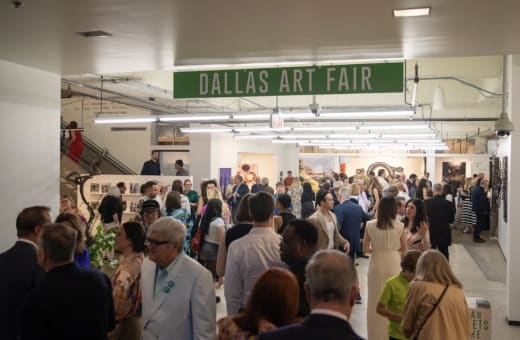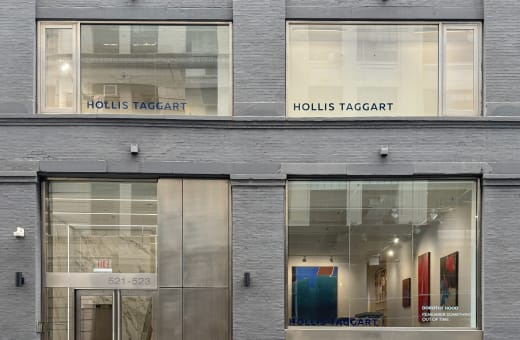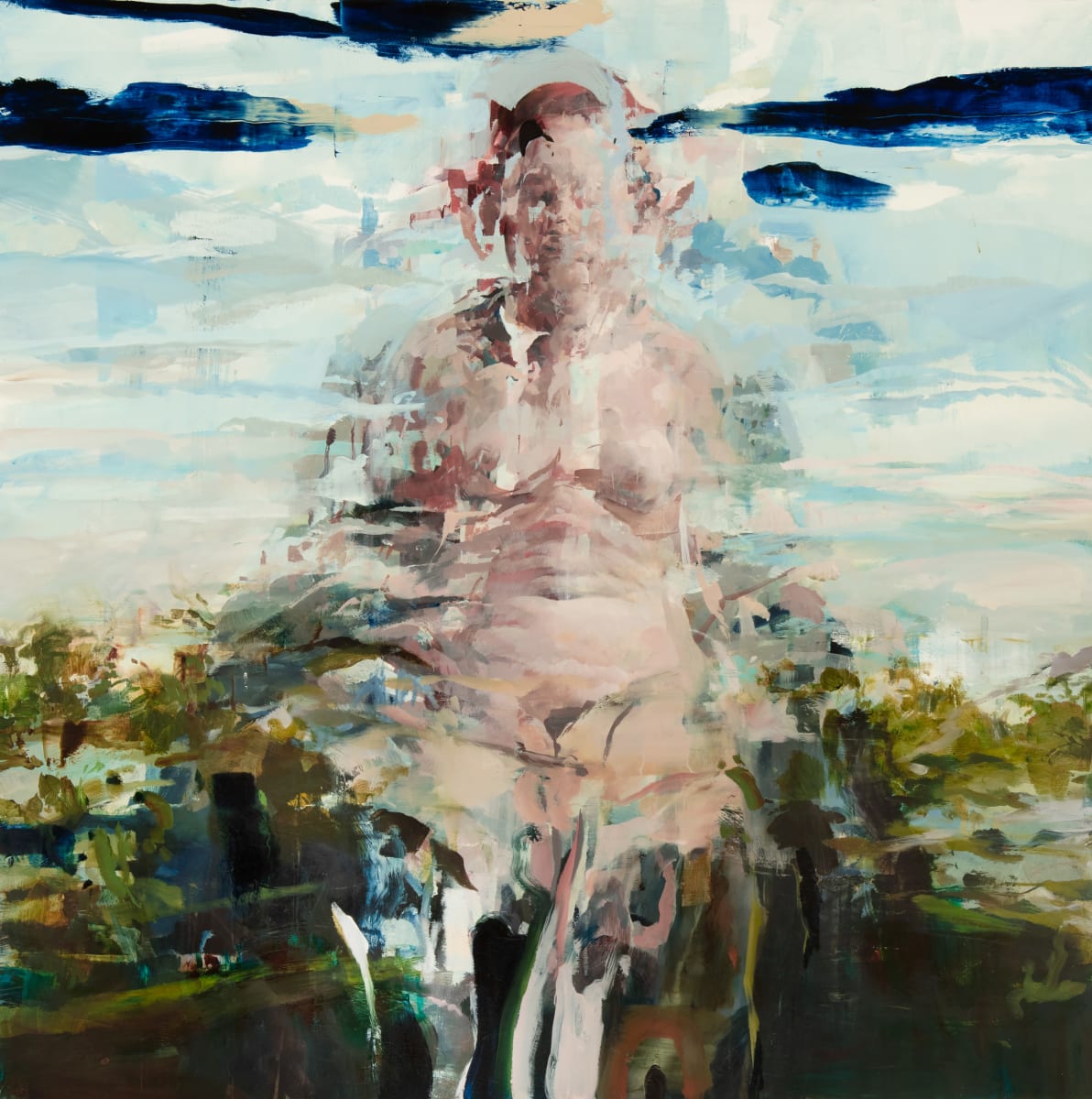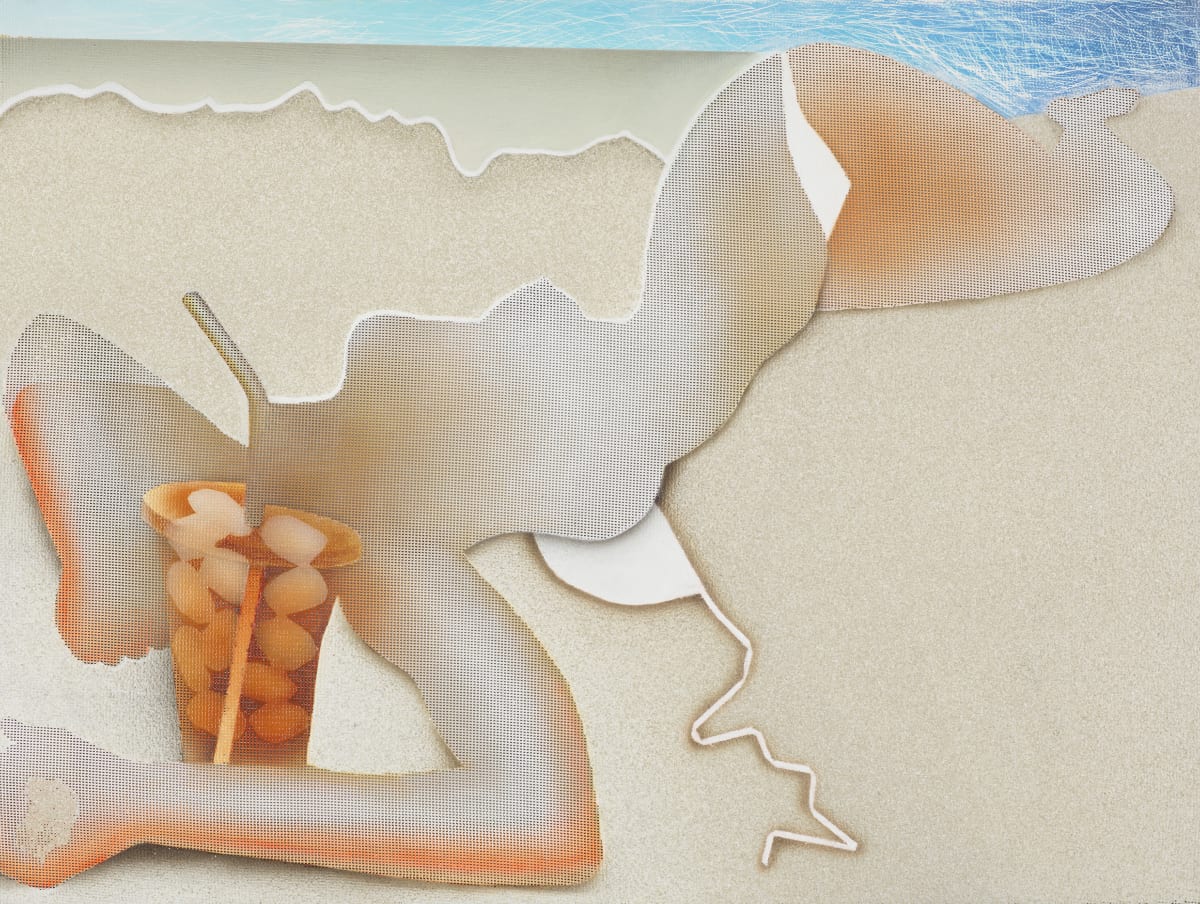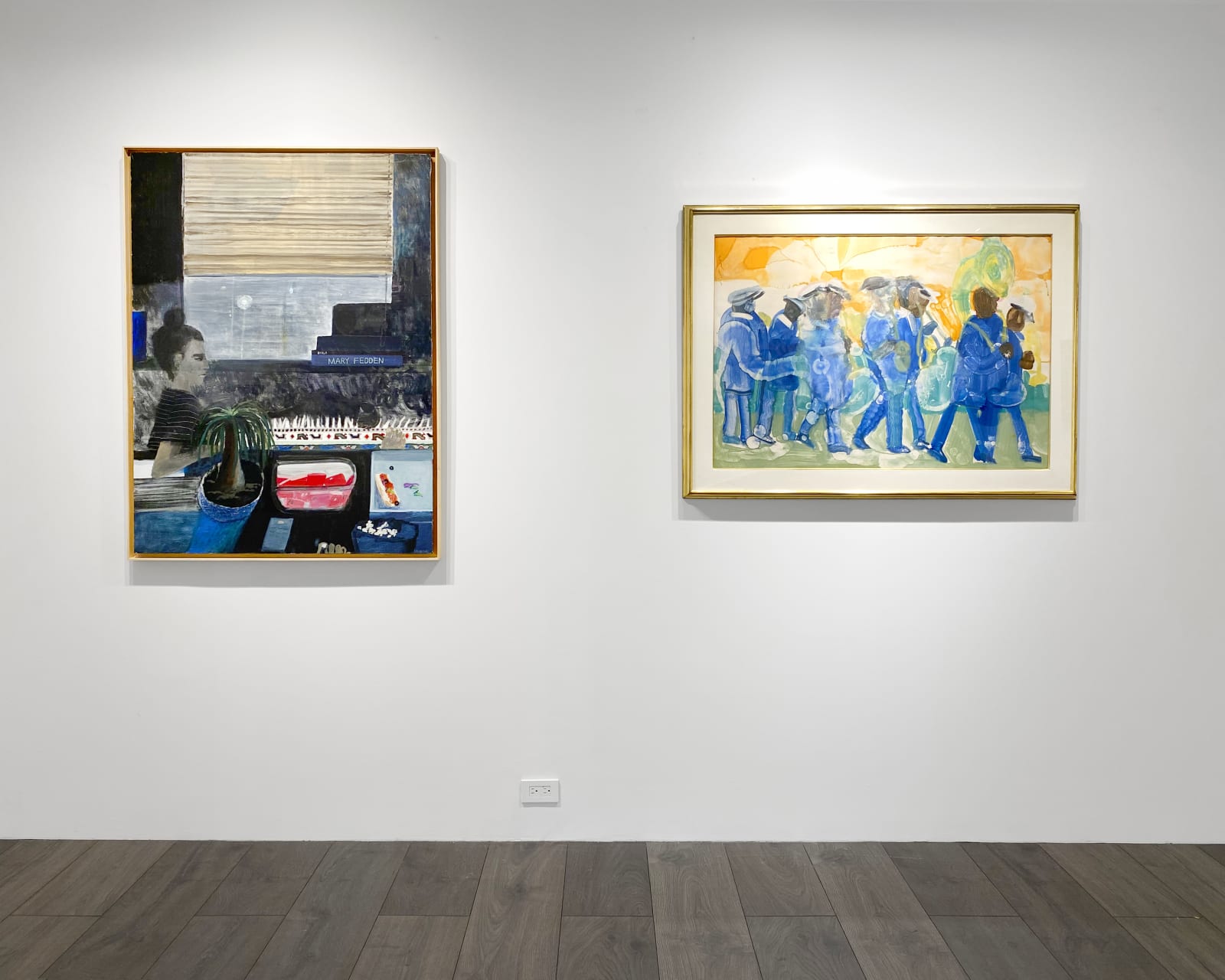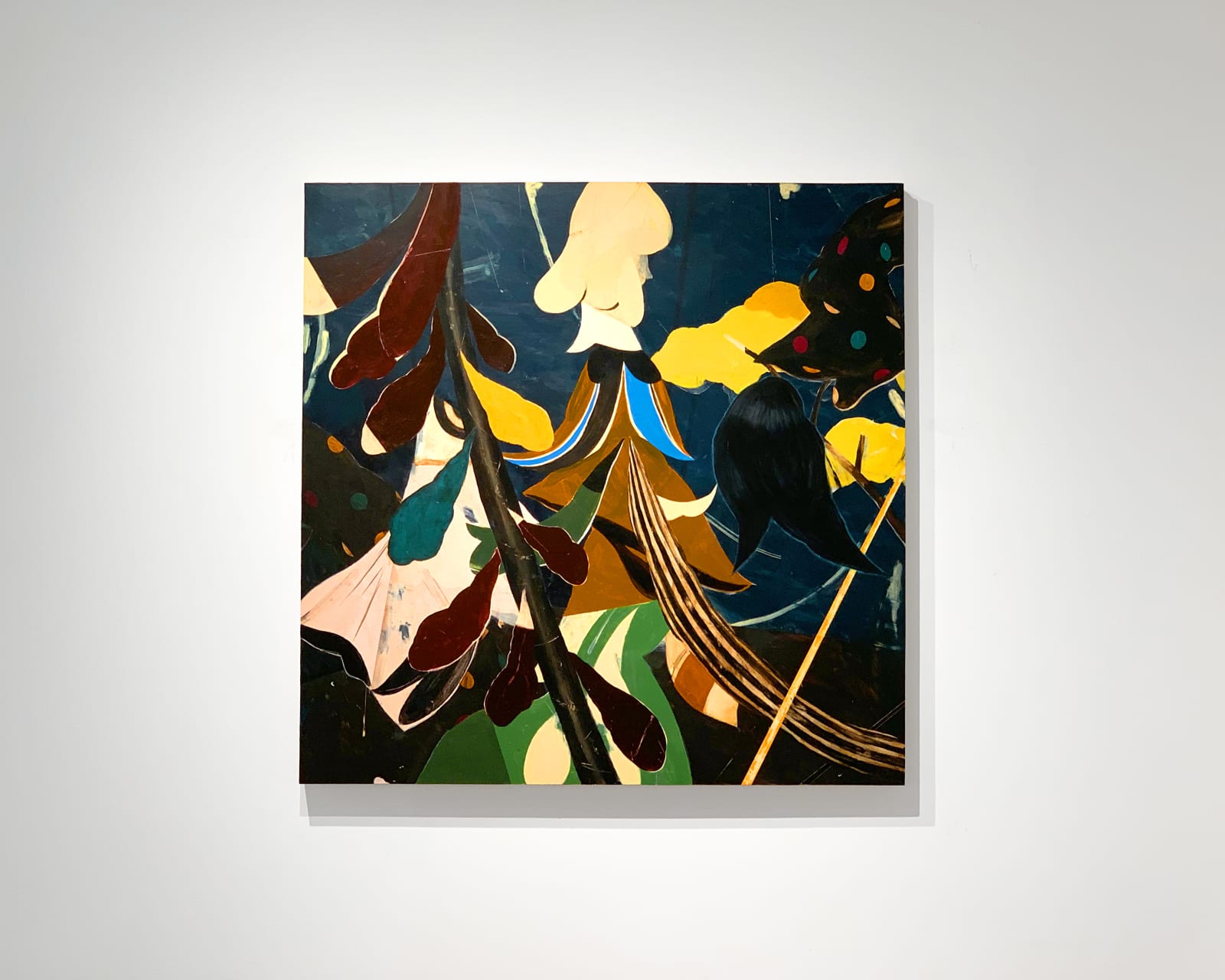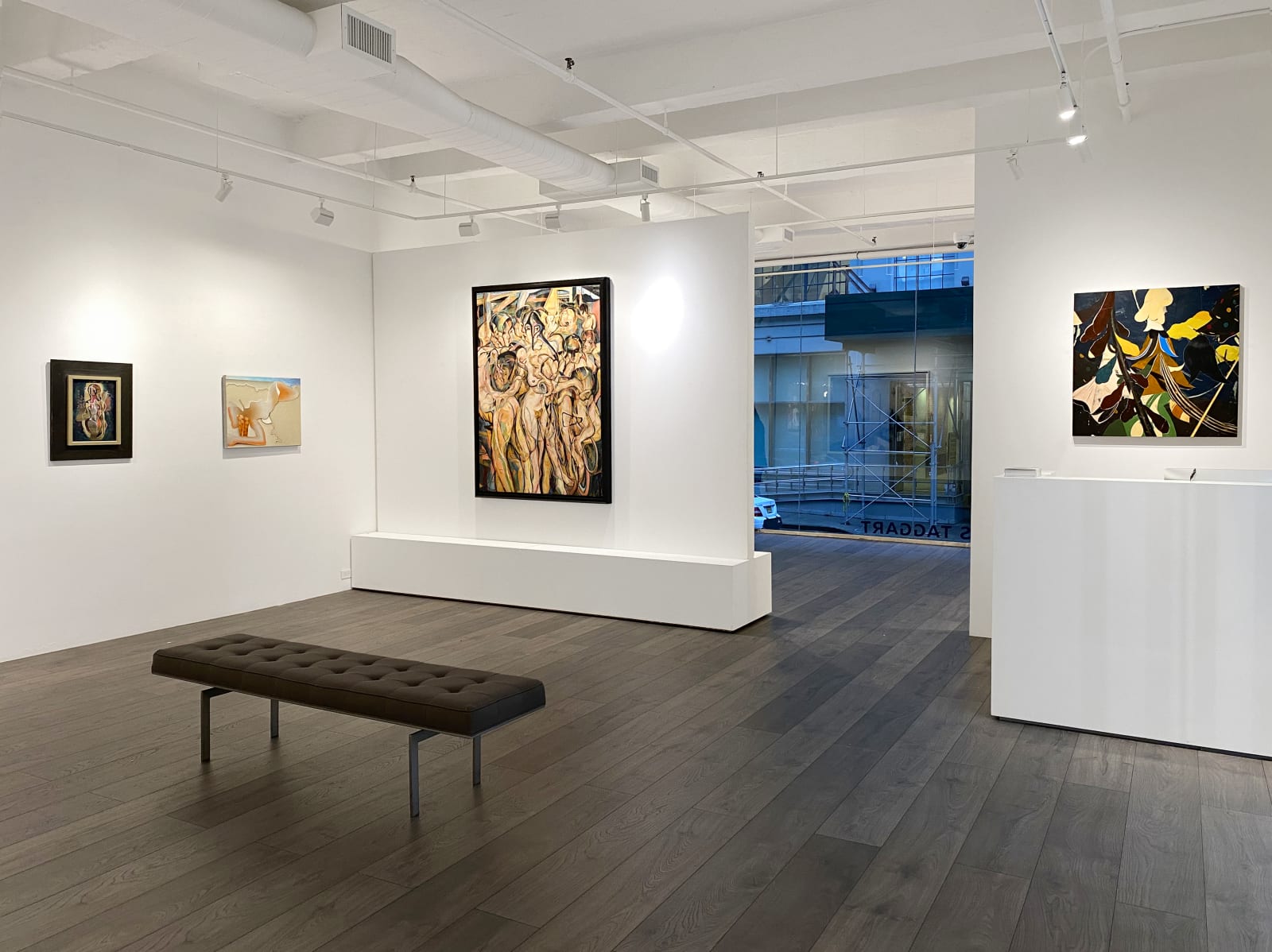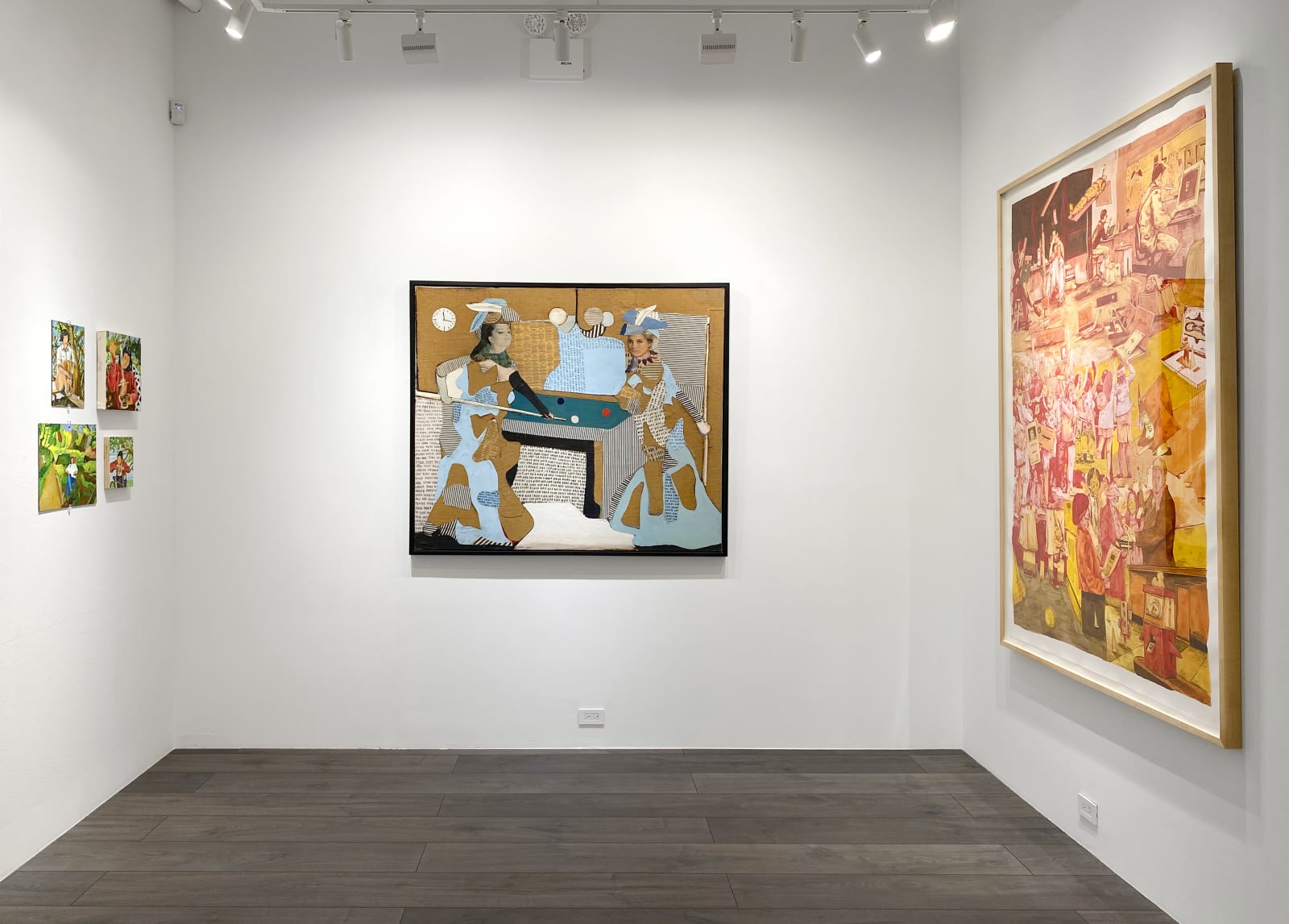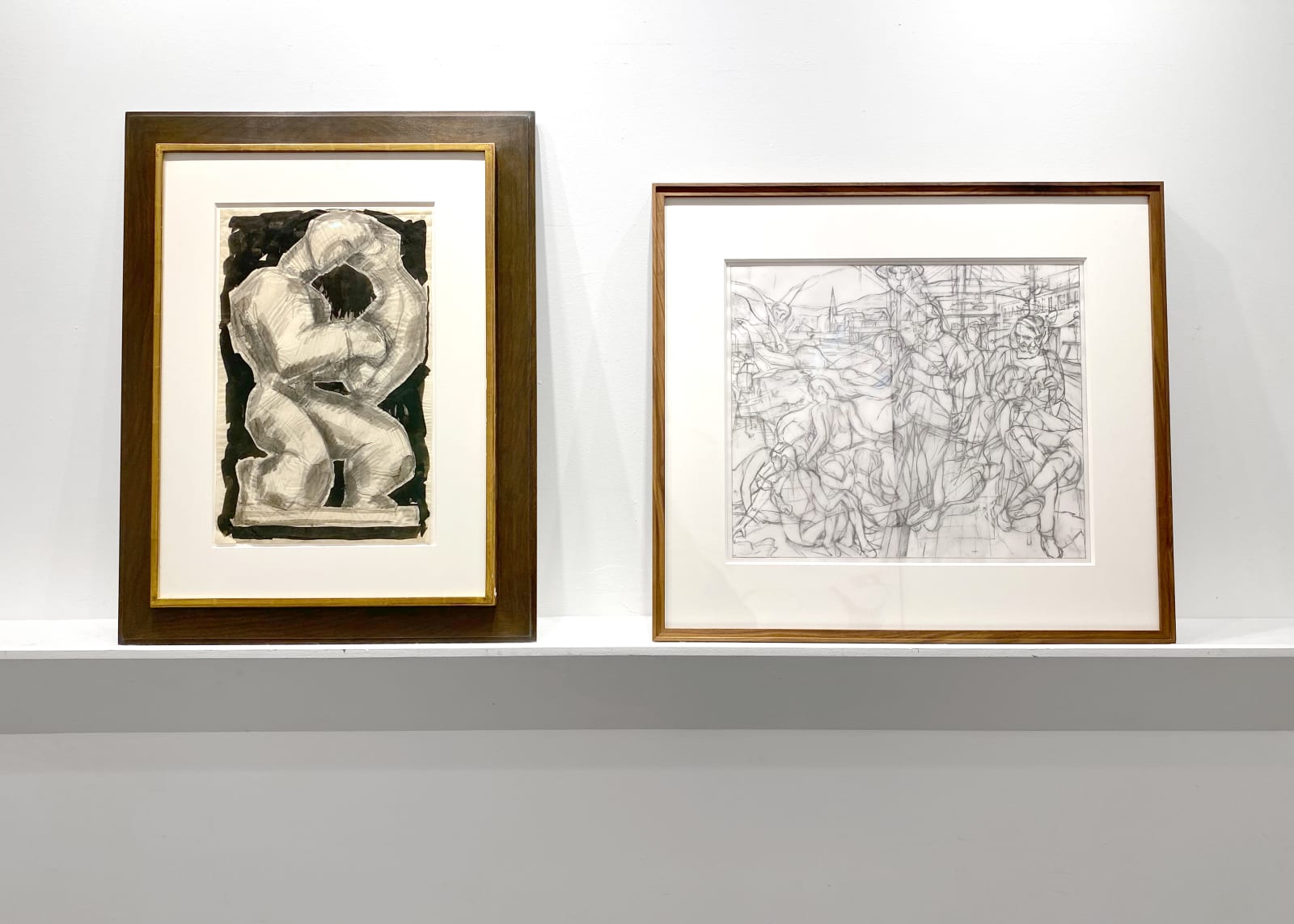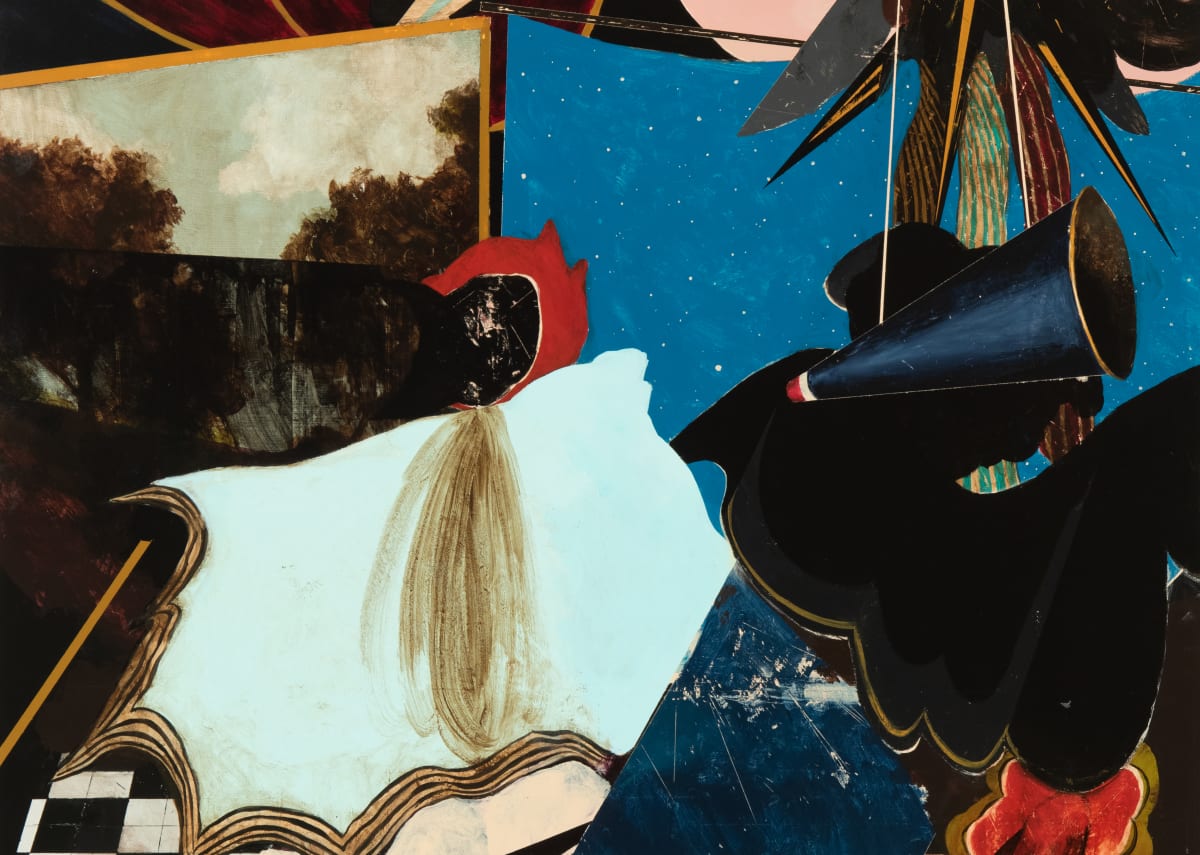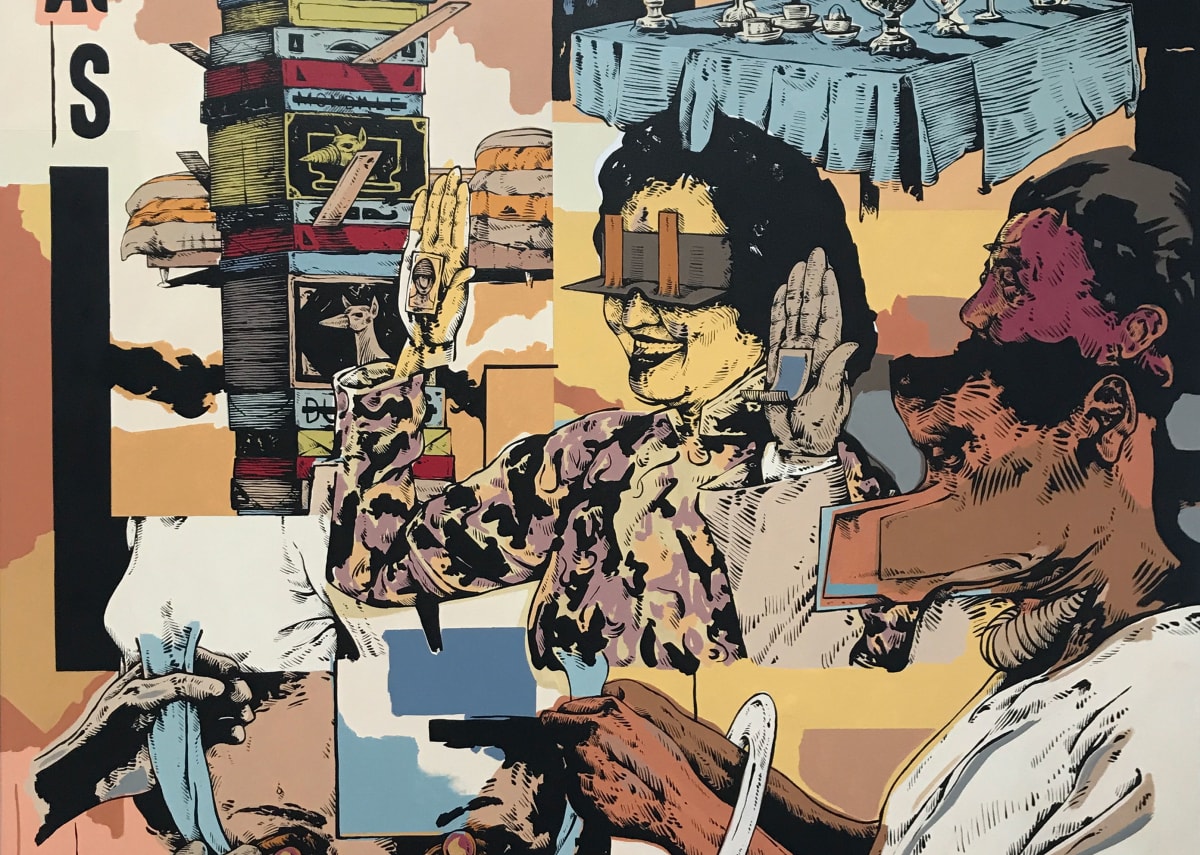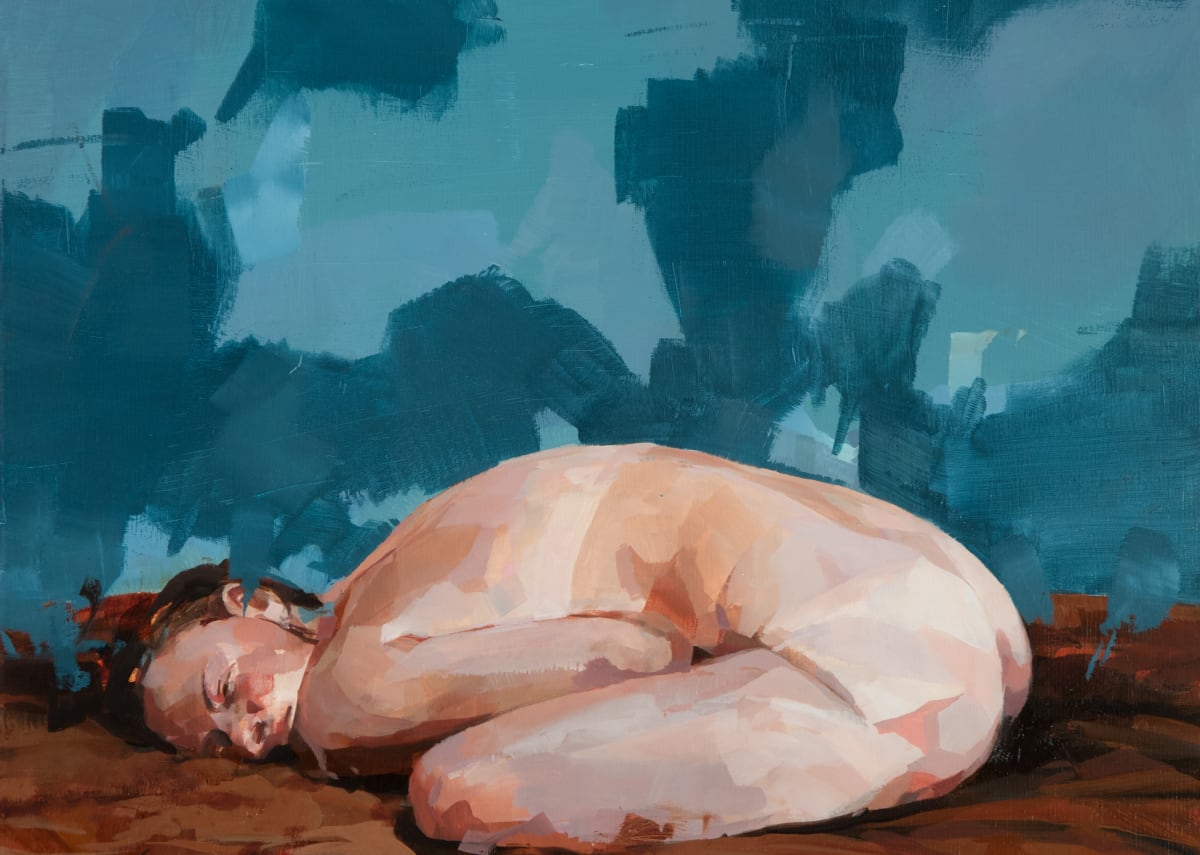
art, rather than attempting to replicate nature, should encourage contemplation, imagination, and emotion.
On November 12, Hollis Taggart will open Figure as Form, a group exhibition that explores the ways in which artists, from the post-war era to the present day, have used the human form as a compositional device. Grounded in the 1909 text, “An Essay in Aesthetics,” written by British art critic Roger Fry, the presentation highlights the ways in which artists use line, gesture, light, and color to convey emotion and sensation, pushing beyond the creation of naturalistic human likeness to achieve broader imaginative effects. By bringing together works by modernists such as Romare Bearden, Richard Pousette-Dart, William Scharf, and Idelle Weber with contemporary artists like Alex Kanevsky, Joshua Hagler, Kenichi Hoshine, and Aubrey Levinthal, the exhibition captures the ongoing relevance of these formal dialogues and considers how formalist interpretations of the body continue to convey narrative and socio-political content and also enhance awareness and engagement with lived experience.
On November 12, Hollis Taggart will open Figure as Form, a group exhibition that explores the ways in which artists, from the post-war era to the present day, have used the human form as a compositional device. Grounded in the 1909 text, “An Essay in Aesthetics,” written by British art critic Roger Fry, the presentation highlights the ways in which artists use line, gesture, light, and color to convey emotion and sensation, pushing beyond the creation of naturalistic human likeness to achieve broader imaginative effects. By bringing together works by modernists such as Romare Bearden, Richard Pousette-Dart, William Scharf, and Idelle Weber with contemporary artists like Alex Kanevsky, Joshua Hagler, Kenichi Hoshine, and Aubrey Levinthal, the exhibition captures the ongoing relevance of these formal dialogues and considers how formalist interpretations of the body continue to convey narrative and socio-political content and also enhance awareness and engagement with lived experience.
The full exhibition roster includes:
Romare Bearden
Norman Bluhm
William Buchina
Lynn Chadwick
Conrad Kramer
Joshua Hagler
Clive Head
Kenichi Hoshine
Alex Kanevsky
Tim Kent
Hiroya Kurata
Aubrey Levinthal
Conrad Marca-Relli
Knox Martin
Richard Pousette-Dart
William Scharf
Idelle Weber
Alexi Worth
The range of artists featured in Figure as Form provides an intricate and nuanced look into the aesthetic presentation of the human body and the varied conceptual ideas and expressions therein. With this expansive exploration, dynamic relationships between particular artists are also brought into view, expanding the conversation on the trajectory of artistic development. For example, artists Alex Kanevsky (b. 1963) and Knox Martin (b. 1923) offer distinct approaches to the formalist interpretation of the female nude. Kanevsky combines abstraction and figuration in painterly compositions that often place the figure within mysterious landscapes, dissolving the body into pure color and animated gestural marks. Martin, on the other hand, fragments the female form through the hard-edged language of cubism, collage, and Pop-art inspired graphic imagery. Martin’s figures become exaggerated components within entirely abstract compositions of line, shape, and color.
In another instance, artists Joshua Hagler (b. 1979) and Romare Bearden (1911-1988) render their figures with sketchy brushwork and veils of paint. Freeing the body from accurate anatomical representation, these artists emphasize the importance of the human form as a carrier of cultural and historical meaning. Bearden’s monotype Storyville is thought to be based on E. J. Bellocq’s Storyville Portraits (1910), which depict the red-light district in New Orleans. In his own work, Bearden, who never traveled to New Orleans, captures an historical impression of the city and its singular importance in African American history as the birthplace of jazz. Similarly, Hagler, in his Vanitas paintings, takes inspiration from prior art historical sources, creating his own versions of 17th-century works by unknown artists. By recreating these scenes, Hagler examine the morals, conventions, and ideas of other times and places.
In yet another approach, artists Hiroya Kurata (b. 1980), Idelle Weber (1932-2020), and Alexi Worth (b. 1964) explore the figure as a symbol of everyday experience. Weber’s silhouettes comment on American post-war culture, including the conformity of corporate America and the social and political movements of the 1960s. The female nude in Blocked (1965) can be read as a feminist icon—her body vulnerable and compressed by two dominating minimalist blocks. In Worth’s paintings, everyday objects and activities, such as sunbathing on the beach with an iced tea, are layered with new ambiguous meanings as body parts are manipulated to create associations between abstract forms. And in Kurata’s work, expressive poses emphasize movement, highlighting the joy in the simplest of activities.
For more information about Figure as Form or to schedule an appointment, please contact us at info@hollistaggart.com or +1 212.628.4000. For press inquiries, please contact Alina Sumajin, PAVE Communications & Consulting at alina@paveconsult.com, + 1 646.369.2050.

